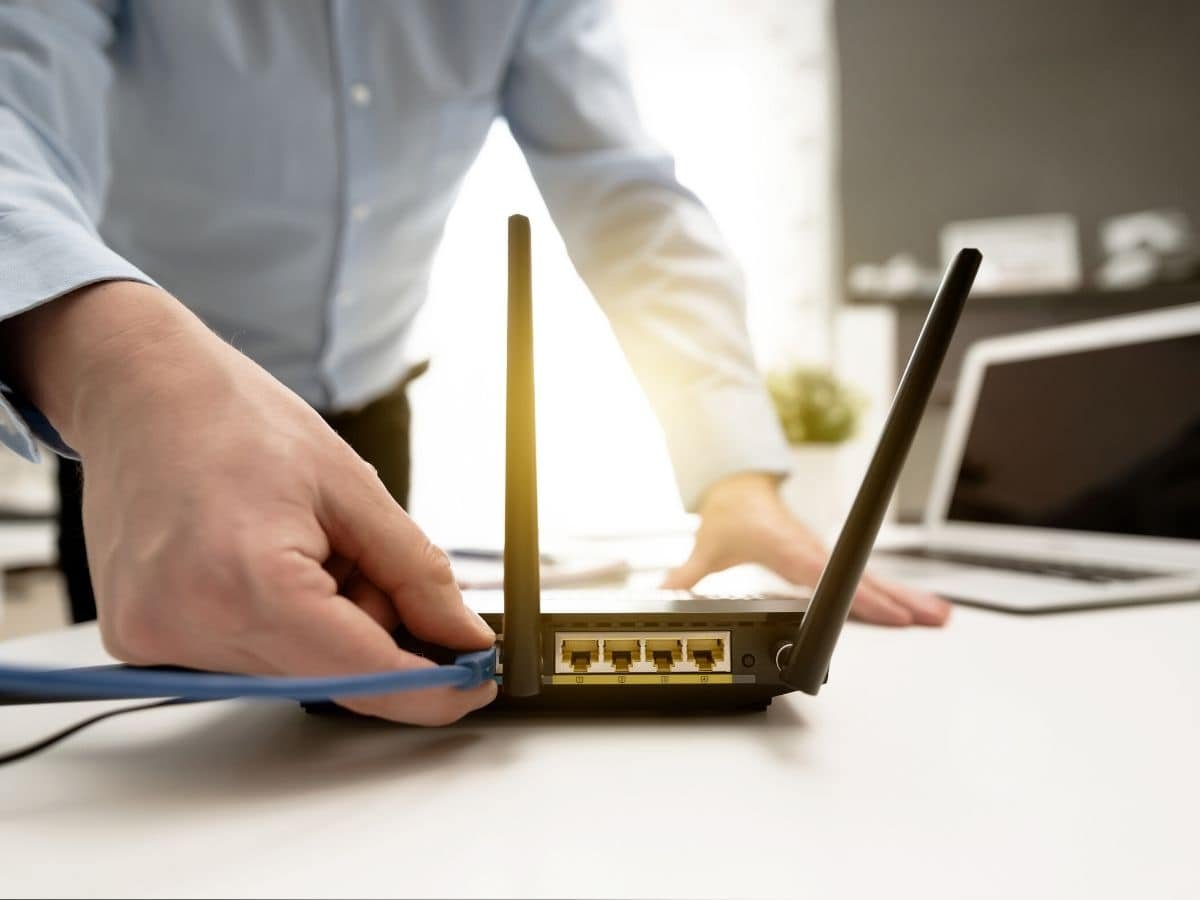In today’s digital world, a reliable Wi-Fi connection at home isn’t just a luxury—it’s a necessity. From remote work and online classes to streaming movies and gaming, everything depends on a stable internet connection. But if you’ve ever faced slow speeds, dead zones, or random disconnections, you’re not alone. Wi-Fi issues are among the most common tech frustrations in households.
The good news is that most Wi-Fi problems can be fixed without needing an expensive technician. With a little troubleshooting and some smart adjustments, you can boost your home Wi-Fi performance. This guide will walk you through the most common Wi-Fi problems and practical ways to fix them.
1. Slow Wi-Fi Speed
Nothing is more frustrating than waiting forever for a webpage or video to load. Slow Wi-Fi can be caused by several factors.
How to Fix It:
- Restart Your Router: Sometimes, a simple reboot clears temporary glitches.
- Check Your Internet Plan: Make sure your internet package provides enough speed for your household needs.
- Limit Background Apps: Close unnecessary apps or devices hogging the bandwidth.
- Use 5GHz Band: If your router supports dual-band, switch to 5GHz for faster speeds at shorter distances.
2. Wi-Fi Dead Zones
Do you have certain rooms where Wi-Fi just doesn’t work? These dead zones are caused by walls, furniture, or distance from the router.
How to Fix It:
- Reposition the Router: Place your router in a central, elevated location for better coverage.
- Avoid Obstacles: Keep the router away from thick walls, metal objects, or microwaves.
- Use a Wi-Fi Extender or Mesh System: These devices help spread Wi-Fi evenly across your home.
3. Frequent Disconnections
If your Wi-Fi keeps dropping, it can disrupt video calls, gaming sessions, and downloads.
How to Fix It:
- Update Router Firmware: Outdated firmware can cause instability.
- Check for Interference: Devices like cordless phones or baby monitors can interfere with Wi-Fi signals.
- Replace Old Routers: If your router is over 5 years old, it may struggle to maintain connections.
4. Too Many Devices Connected
Smartphones, TVs, laptops, smart home gadgets—modern households have dozens of devices connected at once. This overload can slow down your Wi-Fi.
How to Fix It:
- Upgrade Your Router: Look for routers with MU-MIMO technology, which handles multiple devices better.
- Prioritize Devices: Many routers let you prioritize bandwidth for important devices like your work laptop.
- Disconnect Unused Devices: Remove old or idle devices that still consume bandwidth.
5. Weak Wi-Fi Security
An unsecured Wi-Fi network can be hijacked by neighbors or hackers, slowing down your internet and exposing your personal data.
How to Fix It:
- Change Default Router Password: Always use a strong, unique password.
- Enable WPA3 or WPA2 Encryption: These are the most secure Wi-Fi encryption standards.
- Turn Off Guest Networks When Not Needed: Limit access points to prevent unauthorized connections.
6. Router Overheating
Like any other electronic device, routers can overheat, leading to performance drops and disconnections.
How to Fix It:
- Keep Router in a Cool, Ventilated Spot: Avoid placing it inside cabinets or near heat sources.
- Clean Dust Regularly: Dust buildup can block airflow and cause overheating.
- Consider a Cooling Pad: For heavy users, an external cooling pad may help.
7. Outdated Equipment
Sometimes the problem isn’t your Wi-Fi—it’s your hardware. Older routers and modems often cannot keep up with today’s internet demands.
How to Fix It:
- Check Your Equipment’s Age: If your router is more than 5–6 years old, it’s time for an upgrade.
- Invest in a Mesh Wi-Fi System: For large homes, mesh systems ensure seamless coverage.
- Ensure Compatibility: Make sure your modem supports your ISP’s speed tier.
8. ISP-Related Issues
Sometimes, the problem isn’t inside your home at all. Internet Service Providers (ISPs) may experience outages or throttling.
How to Fix It:
- Check Your ISP’s Outage Page: Many providers update their websites or apps during service disruptions.
- Contact Customer Support: If problems persist, call your ISP for troubleshooting.
- Run Speed Tests: Use tools like Speedtest.net to compare your actual speed with your plan.
Pro Tips for Better Wi-Fi Performance
- Schedule Router Reboots: Set a timer to automatically restart your router once a week.
- Use Ethernet for Critical Devices: For work PCs or gaming consoles, wired connections are faster and more reliable.
- Separate 2.4GHz and 5GHz Networks: Assign smart devices to 2.4GHz and use 5GHz for high-speed tasks.
- Regularly Update Devices: Phones, laptops, and smart gadgets also need updates for better connectivity.
FAQs
Q1: Why is my Wi-Fi slow even with a good plan?
Your Wi-Fi may be slow due to interference, old hardware, or too many devices connected. Upgrading your router and optimizing placement can help.
Q2: How often should I replace my router?
On average, routers should be replaced every 5–6 years, or sooner if you notice frequent issues.
Q3: Is mesh Wi-Fi better than a regular router?
Yes, for larger homes or multi-story houses, mesh Wi-Fi provides better coverage and fewer dead zones compared to traditional routers.
Q4: Can neighbors steal my Wi-Fi?
Yes, if your network is not secured with a strong password and encryption. Always use WPA2 or WPA3 for protection.
Q5: Should I always use 5GHz over 2.4GHz?
Not always. 5GHz offers faster speeds but shorter range, while 2.4GHz covers longer distances but is slower. Use both depending on device location.
Conclusion
Wi-Fi problems at home can be frustrating, but most of them have simple solutions. By optimizing your router placement, securing your network, updating equipment, and managing connected devices, you can significantly improve your internet experience.
Instead of rushing to call a technician, try the fixes outlined in this guide. With just a few adjustments, you’ll enjoy faster, more stable, and secure Wi-Fi at home. After all, in 2025, staying connected isn’t just about convenience—it’s about keeping our digital lives running smoothly.




